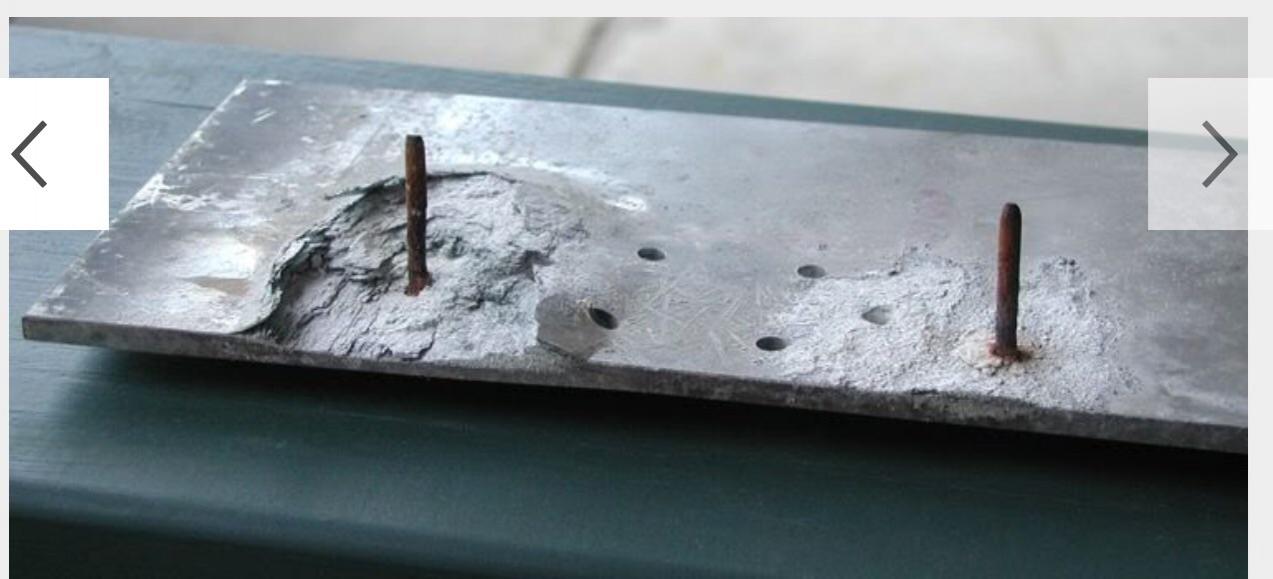SixPapaCharlie
May the force be with you
- Joined
- Aug 8, 2013
- Messages
- 16,058
- Display Name
Display name:
Sixer
My airplane is made from Aloomennyum as the British would call it.
Most of my hardware could use a refresher.
I found this delightful package of shiny new hardware pictured below.
I have been told by "Airplane super experts" that mixing stainless with aluminum will make my plane fall out of the sky in tiny little pieces.
1. Is that true?
2. If so, then why make stainless?
3. What is the alternative?

Most of my hardware could use a refresher.
I found this delightful package of shiny new hardware pictured below.
I have been told by "Airplane super experts" that mixing stainless with aluminum will make my plane fall out of the sky in tiny little pieces.
1. Is that true?
2. If so, then why make stainless?
3. What is the alternative?





